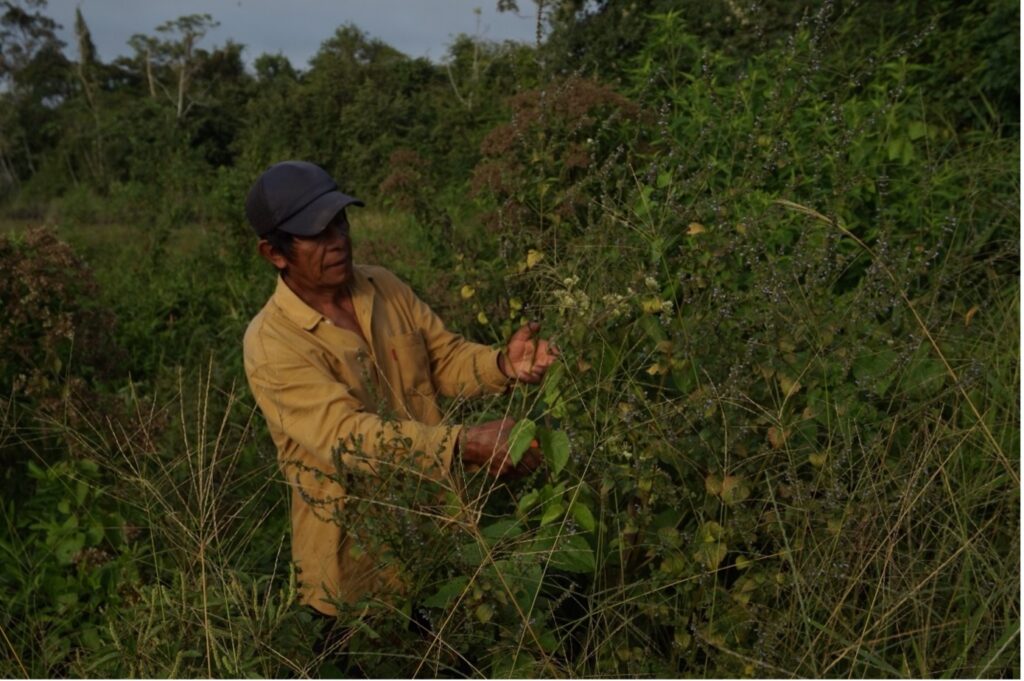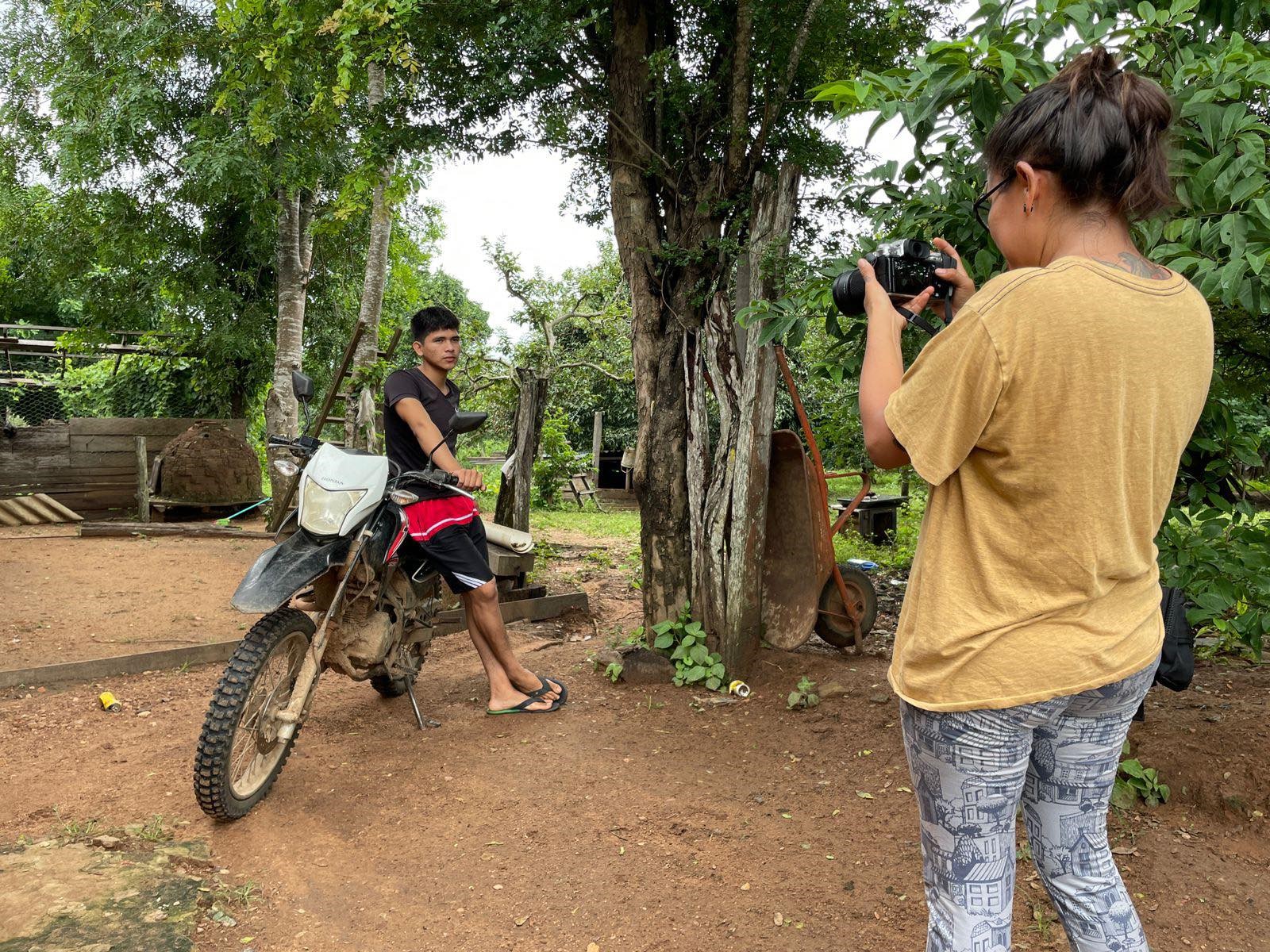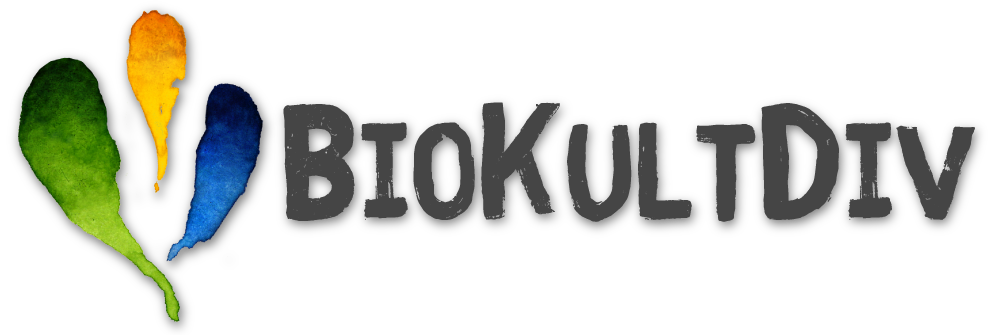Camila Benavides-Frias
From the beginning of our field work we were keen to not just “extract” data to write scientific articles (which are the fundament of a scientific research). We felt the need to also collect information that could be of use to other formats of communication, to share the results of our research with the communities and to recognise and acknowledge their own knowledges, that also nurtured our reflexions.
When you talk to other researchers about dispersal of knowledge beyond technical reports, three things appear repeatedly: First, it is difficult to think of something useful, or at least more attractive, to give back the results of our data collections. Second, (and most frequent), it is difficult to practically realise these ways of knowledge distribution, due to a lack of time or funding. Third, it is rare that it is recognised that a big portion of the knowledge originates from within the communities or the dialogue with them.

In this project we were so lucky to be able to explore other ways of knowledge exchange and dispersal. One of them was developed thinking and talking with the people of the communities. “We should produce some kind of text, showing a bit of what and who we are.”, somebody said once. We could have done that in many difrent ways, but what we decided was the following:
A big part of our collected data focused on the understanding of agricultural practices and the knowledge regarding a group of key insects of our research area: the bees. Under the premise that human-nature relationships in agricultural landscapes include more than the relations with the crops, we aimed for understanding what people knew about the bees. We are looking forward to publishing very soon academic articles in this regard.
But let’s get back to the question of exchange and dispersal. While we collected socio-cultural data in 80 houses, we asked the people if they’d remember some anecdote, a myth, story, or recipe that involved the bees or the honey. We also asked if they’d be interested in telling us during our stay in the communities. Half of the people said yes, they wanted to tell us their stories.

We decided to work on the distribution of these stories, that had been told only orally. It became a really inspiring and fun process. We got in touch with a Bolivian writer who came with us (a group of only biologists gathering data in that moment, among them Alexandría Saravia and Daniela Morón) to the countryside. Gabriel Zuna, the writer in question, spent ten days talking and listening to the people, being all over the place, traveling back and forth, to make it for the next date in the next house, recording people’s stories. Each story was written down in a transcript with minor editings. Gabriel tries to capture or rather maintain the manner people told them. Later we complemented the tales with illustrations of Jan Hanspach visualising the most special moment of each. The storytellers are recognised as their authors and were captured in portraits by the photographer ‘La China Martínez’. Both artistic components bring beauty and novelty to this book. Finally the stories were translated to four different languages, so they could reach many readers. Especially notable are the translations to Guaraní (by Felipe Morales) and Besiro (by María Chore Oliz). These two are the indigenous languages of the communities we worked with.
These stories matter. They show the biocultural diversity in the communities. On the one hand they could be seen as a reflection of the relations between humans and bees from a ecosystemic viewpoint. But on the other hand, and equally important, they also show the relevance of those who told the stories. The people who constantly build through the language the culture of their community.
We hope this way of distributing and exchanging information and knowledge could reach many homes in the communities we worked in, but also farther away, so people get to know nothing more but the biocultural diversity of the Chiquitanía. You can read the stories HERE.
Enjoy!


